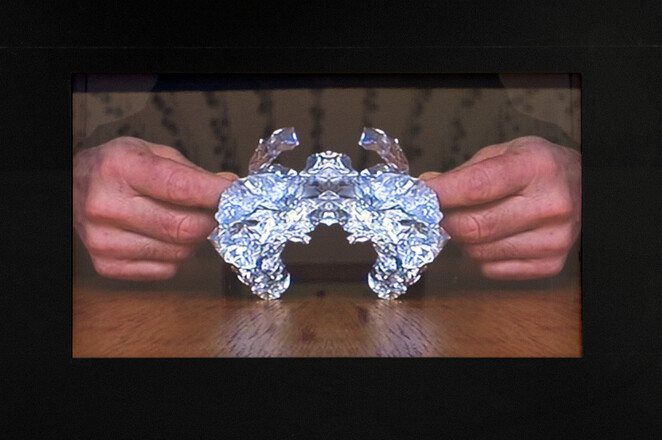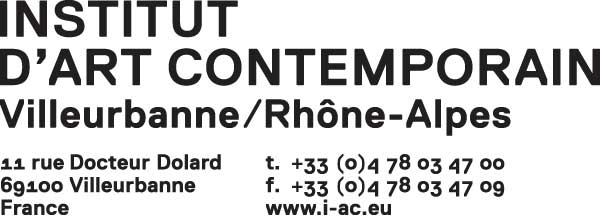Loan of the work from the IAC Collection, Villeurbanne/Rhône-Alpes:
Michel François, Déjà vu (Hallu), 2003
Michel François, Déjà vu (Hallu), 2003
La nuit des temps (The Night of Times), 26/07/2025 to 19/10/2025, La Pépinière à Ventenac, Ventenac-en-Minervois, France
The exhibition La nuit des temps is based on a proposal by Sylvain Fraysse: a twofold questioning of the appearance of parietal images in prehistoric caves, considered to be the matrix of art, and the impossibility of accessing them for conservation reasons, resulting in the production of facsimiles lacking the “aura” of the originals.
Georges Bataille, in Lascaux ou la naissance de l'art (1955), marvels at the paintings depicting the beginnings of humanity: “A feeling of the spirit dancing rises up before these works where, without routine, beauty emanates from feverish movements: what imposes itself on us before them is the free communion of being and the world that surrounds it”...
But what remains of this magic when visitors enter the facsimiles of the Lascaux or Chauvet caves? S. Fraysse quotes Walter Benjamin: "Even the most perfect reproduction of a work of art always lacks one factor: its hic et nunc, its unique existence in the place where it is found... What withers in the work of art in the age of mechanized reproduction is its aura... To remove the object from its halo by destroying its aura is the mark of a perception (...) that succeeds in standardizing the unique. (L'Œuvre d'art à l'époque de sa reproductibilité technique, 1935)
This exhibition raises the question of the appearance/disappearance of images, and the suggestive power of their presence.
The exhibition La nuit des temps is based on a proposal by Sylvain Fraysse: a twofold questioning of the appearance of parietal images in prehistoric caves, considered to be the matrix of art, and the impossibility of accessing them for conservation reasons, resulting in the production of facsimiles lacking the “aura” of the originals.
Georges Bataille, in Lascaux ou la naissance de l'art (1955), marvels at the paintings depicting the beginnings of humanity: “A feeling of the spirit dancing rises up before these works where, without routine, beauty emanates from feverish movements: what imposes itself on us before them is the free communion of being and the world that surrounds it”...
But what remains of this magic when visitors enter the facsimiles of the Lascaux or Chauvet caves? S. Fraysse quotes Walter Benjamin: "Even the most perfect reproduction of a work of art always lacks one factor: its hic et nunc, its unique existence in the place where it is found... What withers in the work of art in the age of mechanized reproduction is its aura... To remove the object from its halo by destroying its aura is the mark of a perception (...) that succeeds in standardizing the unique. (L'Œuvre d'art à l'époque de sa reproductibilité technique, 1935)
This exhibition raises the question of the appearance/disappearance of images, and the suggestive power of their presence.


